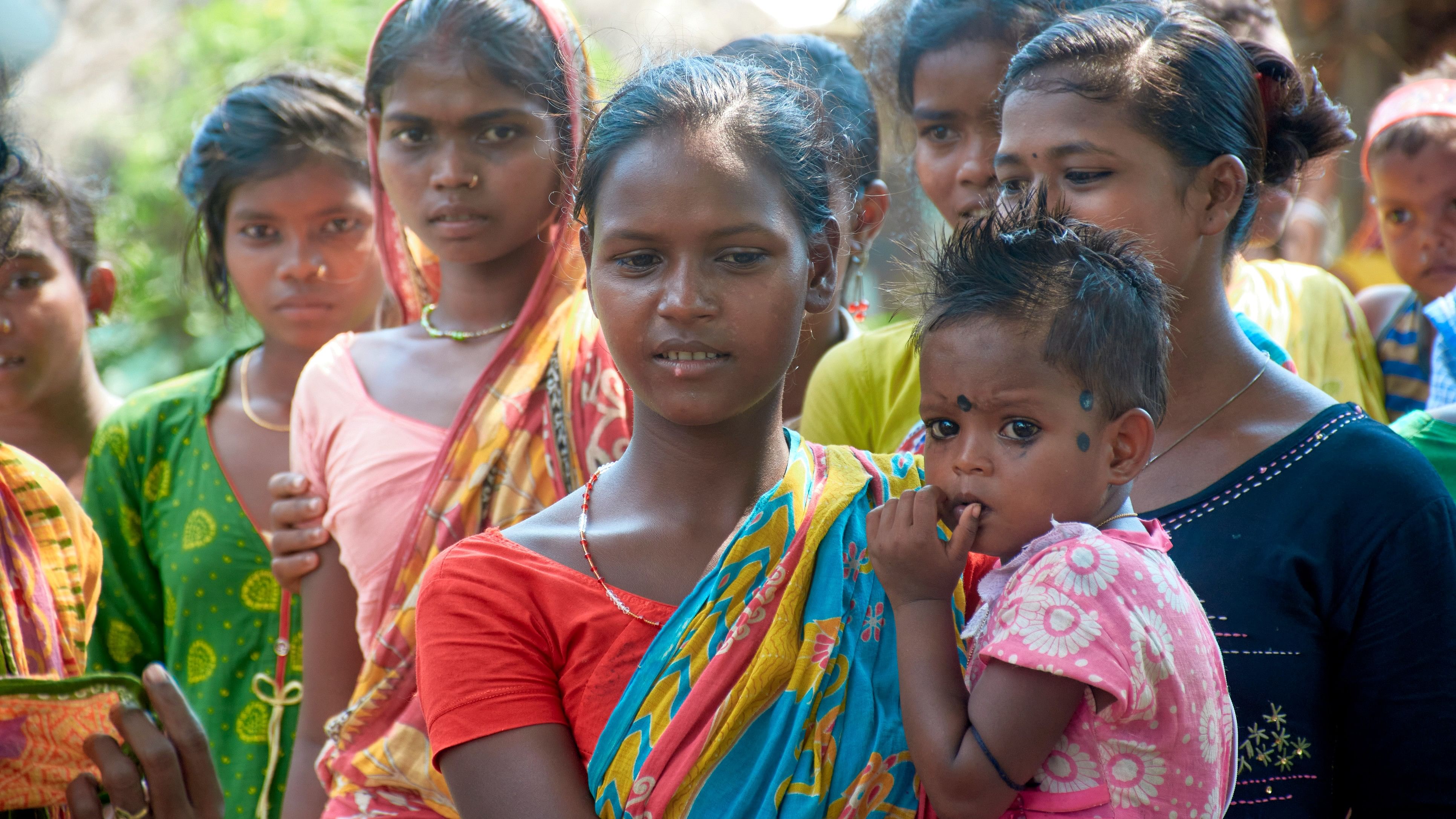
One important point that the report makes is that family income is not the main determinant of the nutrition status of children. (Representative image)
Credit: iStock Photo
A recent Unicef report on child nutrition should cause serious concern over the impact of malnutrition on children’s health all over the world, especially in India. According to the Child Nutrition Report 2024, 181 million children under five live in severe food poverty globally. India, China, Afghanistan, Bangladesh, and Pakistan account for 65% of them. A large number of them live in sub-Saharan Africa too. Two in three children live in food poverty. One in four are affected by severe food poverty, and in India, 40% of the children are affected. Household poverty is the main reason for the nutrition shortage, which is seen in both poor and non-poor households. It is not always poor diets that cause malnutrition. Inadequate feeding practices and feeding environments are also factors that make the situation difficult. Unicef defines child food poverty as children's inability to access and consume a nutritious and diverse diet in the first five years of life.
One important point that the report makes is that family income is not the main determinant of the nutrition status of children. It says more than half of the children experiencing severe food poverty live in relatively wealthier households. While 46% of affected children live in poor households, 54% are in households with income above the poverty line. Poor feeding practices and feeding environment and cheap unhealthy foods have a role in nutrition deprivation. The situation is exacerbated by conflicts, climate crises, and economic disparities. High food prices also make nutritious food unaffordable for many.
The report says children who consume just two groups of food per day, like milk and rice, are 50% more likely to experience severe nutrition deficiency. It recommends eating five of eight main food groups daily: breastmilk, dairy products, eggs, meat and fish, pulses and seeds; vitamin A-rich fruits and vegetables, grains and roots, and fruits and vegetables. These guidelines need to be popularised so that the importance of diversified food is realised by all families. India has a double challenge. It must first address the problems of poverty to ensure that families and children have access to food. The availability of basic food is not enough to provide adequate nutrition. Many of the government’s schemes targeting women, infants, and children have not been able to provide enough nutrition to the needy. The second challenge is to educate the more well-to-do sections of society on how to provide adequate nutrition to children. This is important because it is not the lack of resources but the lack of awareness that is at the root of nutrition deficiency in many families.